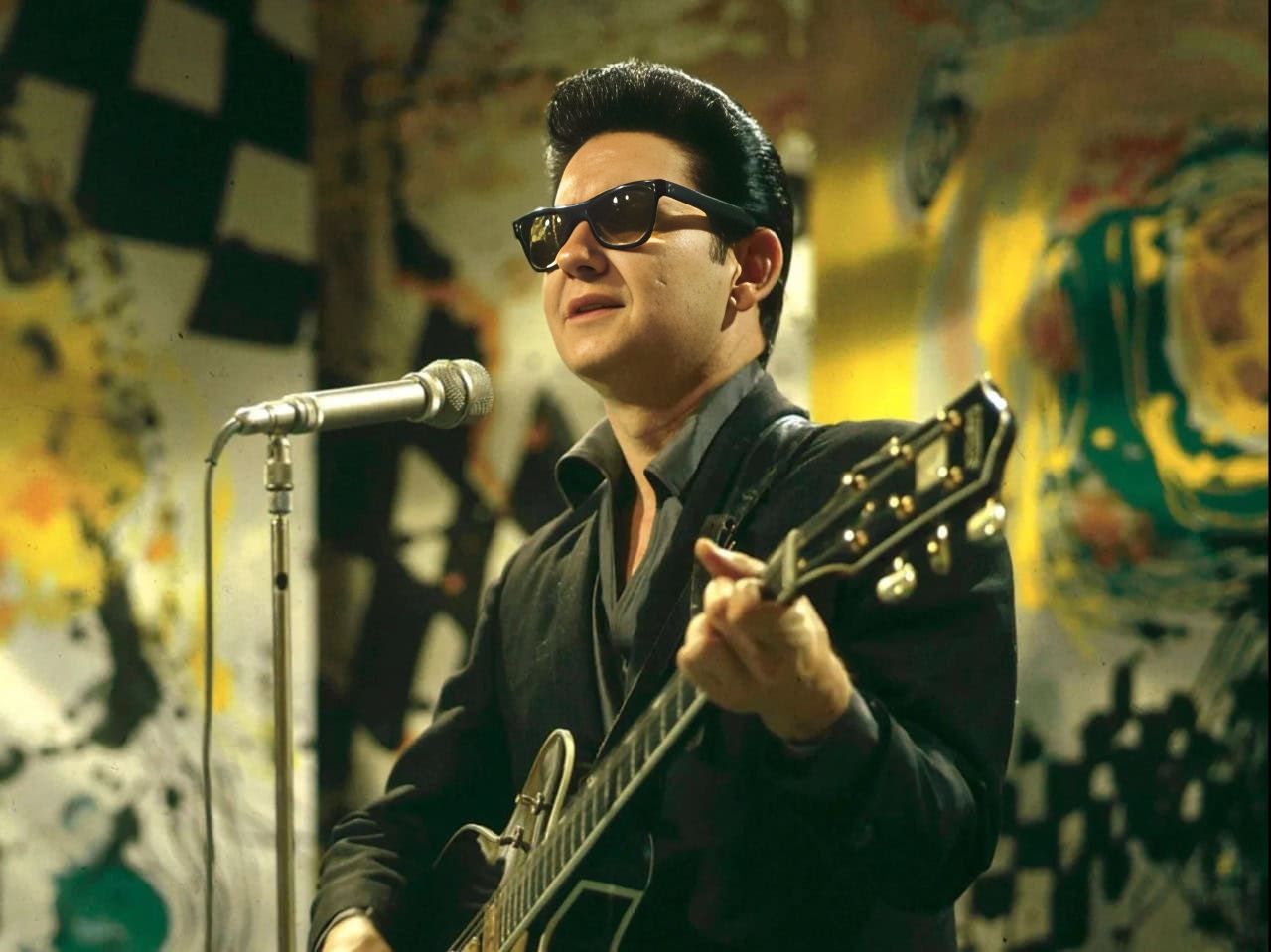
Roy Orbison, a name synonymous with haunting melodies and operatic vocals, remains one of the most iconic figures in rock and roll history. Born in 1936, Orbison defied categorization, blending country, rockabilly, and opera into a unique sound that earned him numerous accolades, including a Grammy Lifetime Achievement Award and induction into the Rock and Roll Hall of Fame. His chart-topping hits, like “Only the Lonely” and “Oh, Pretty Woman,” cemented his place as a musical legend. But it’s “In Dreams,” released in 1963, that truly showcases Orbison’s mastery of atmosphere and emotion.
“In Dreams” is a poignant ballad about longing and the blurred lines between reality and fantasy. The song explores the comfort and escape offered by dreams when faced with the pain of lost love. Orbison’s signature vibrato and the ethereal instrumentation create a dreamlike quality, perfectly capturing the yearning and bittersweet nostalgia at the song’s core. The song is structured into distinct sections, transitioning from a gentle lullaby to a powerful crescendo, mirroring the emotional journey of the dreamer.
Upon its release, “In Dreams” quickly climbed the charts, becoming a top ten hit in the United States and a major success internationally. Beyond its commercial success, the song has resonated deeply with audiences for decades. Listeners often cite its ability to evoke profound feelings of sadness, hope, and the bittersweet beauty of memory. Its timeless quality is further amplified by its memorable melody and Orbison’s emotionally charged delivery. The song’s haunting beauty has made it a favorite for soundtracks and covers, further solidifying its enduring legacy. Its influence can be heard in countless artists who followed, inspired by Orbison’s unique ability to transport listeners to a realm of pure emotion.